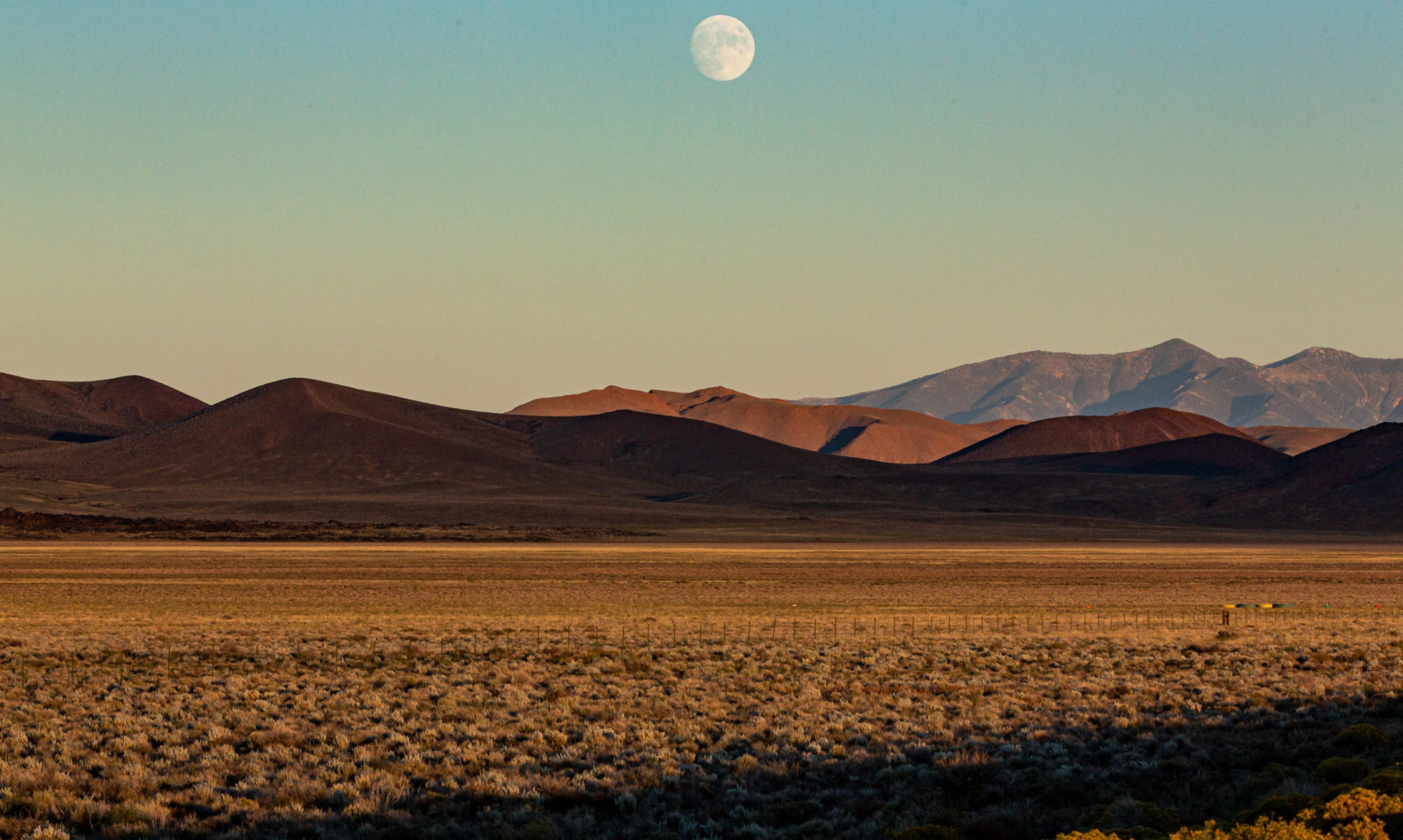“Last Stand Hill” at the Little Bighorn Battlefield, near Crow Agency, Montana. Today’s the 135th anniversary of the battle. The stones are said to mark the spots where individual U.S. soldiers were found after the battle; the locations were marked first with stakes as burial details hurriedly covered the bodies, then with more permanent wooden markers. Later, most of the remains were moved to a common grave marked by the monument beyond the fence in the left distance (the remains of most officers, including Custer, were transported back East for burial; Custer was interred at West Point). In 1890, 14 years after the battle, the temporary markers were replaced with the white marble stones seen here. The strongest impression I had of the site when I first visited in 1988 was the sparse scattering of white markers stretching across several miles of rolling terrain. You can easily imagine the story the stones tell: a rapidly moving, chaotic fight in which many soldiers fell alone, in pairs, in groups of three or four. This group, which included Custer and his brother, is by far the largest on the battlefield.
2 Replies to “Custer Day”
Comments are closed.

It is a beautiful setting (this photo is from early June?)and you do get the sense of “nowhere to run nowhere to hide” by looking at the place. After reading “Son of the Morning Star” I also get a sense of the folly involved in Custer’s reckoning of the situation. He was living on borrowed time going back to the days of the Civil War, being the author a few foolhardy endeavors during that conflict. In the end Custer’s luck was golden until it became “Custer’s Luck”.
I feel bad for the enlisted guys who must have been utterly bewildered by the fury that unfolded before them that day, victims really of faulty leadership. A lot of Indians died that day as well. And for them the worst was still to come.
Some believe that “Custer’s luck” is the basis for the popular term “clusterf__k.”
There’s a large component of “what if” that hangs over these American battlefield sites (I think about Antietam or Gettysburg, and you can think of other places, where people like to gnaw over how the outcome might have (no, *would* have) been different if only this, that, or the other thing had happened. The more I look at places like this, the more I’m interested in trying to see how the events fit into a continuum. One apparent oddity here is that the battle’s losers are the ones who are glorified. But then you think: no, in the end, they were really the victors. As you say, much worse was to come for the tribes who fought here; in fact, Crazy Horse was dead within 15 months of this battle.